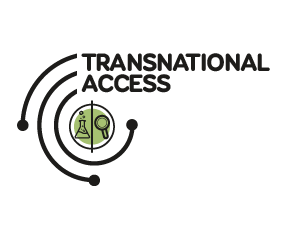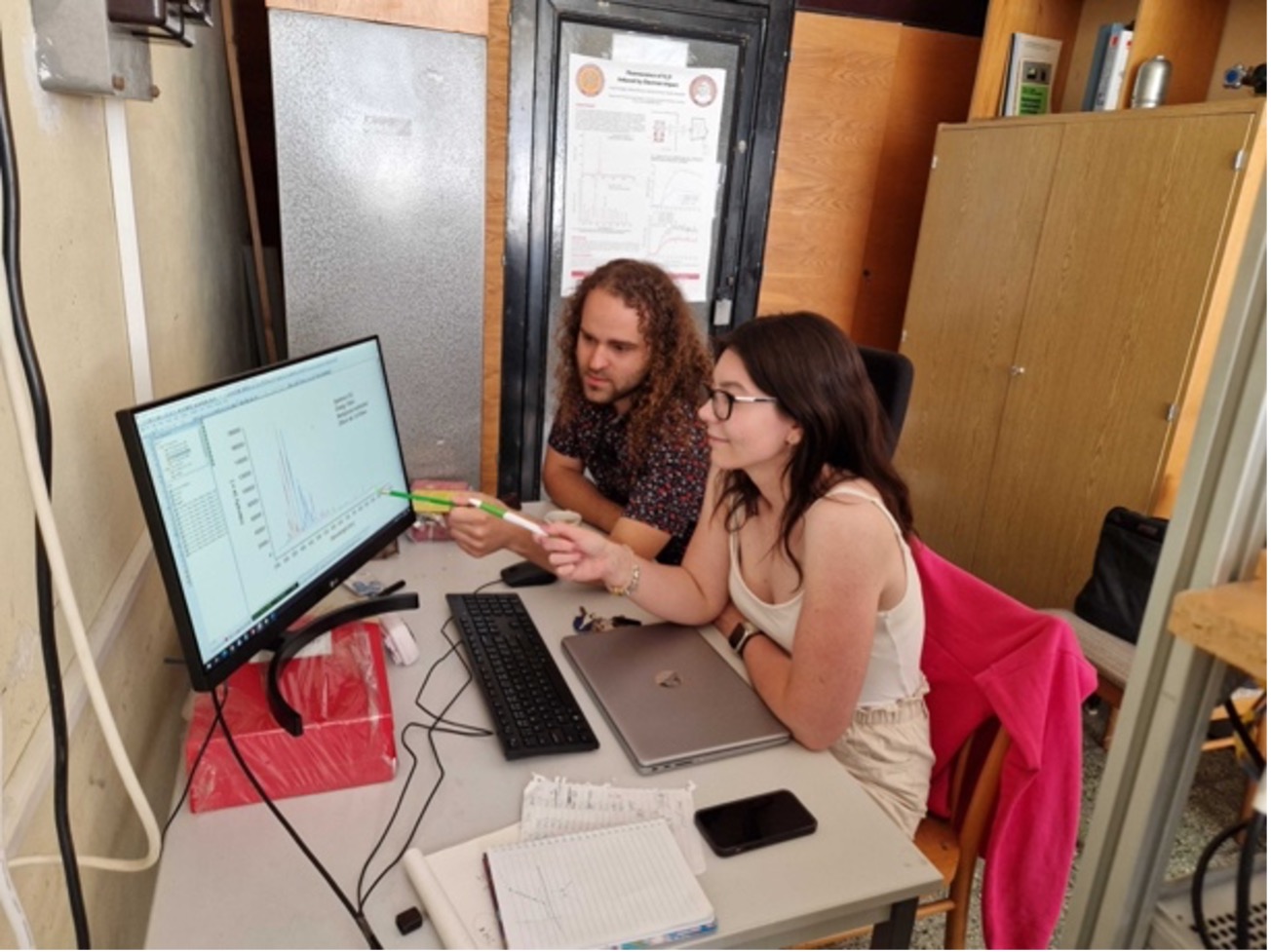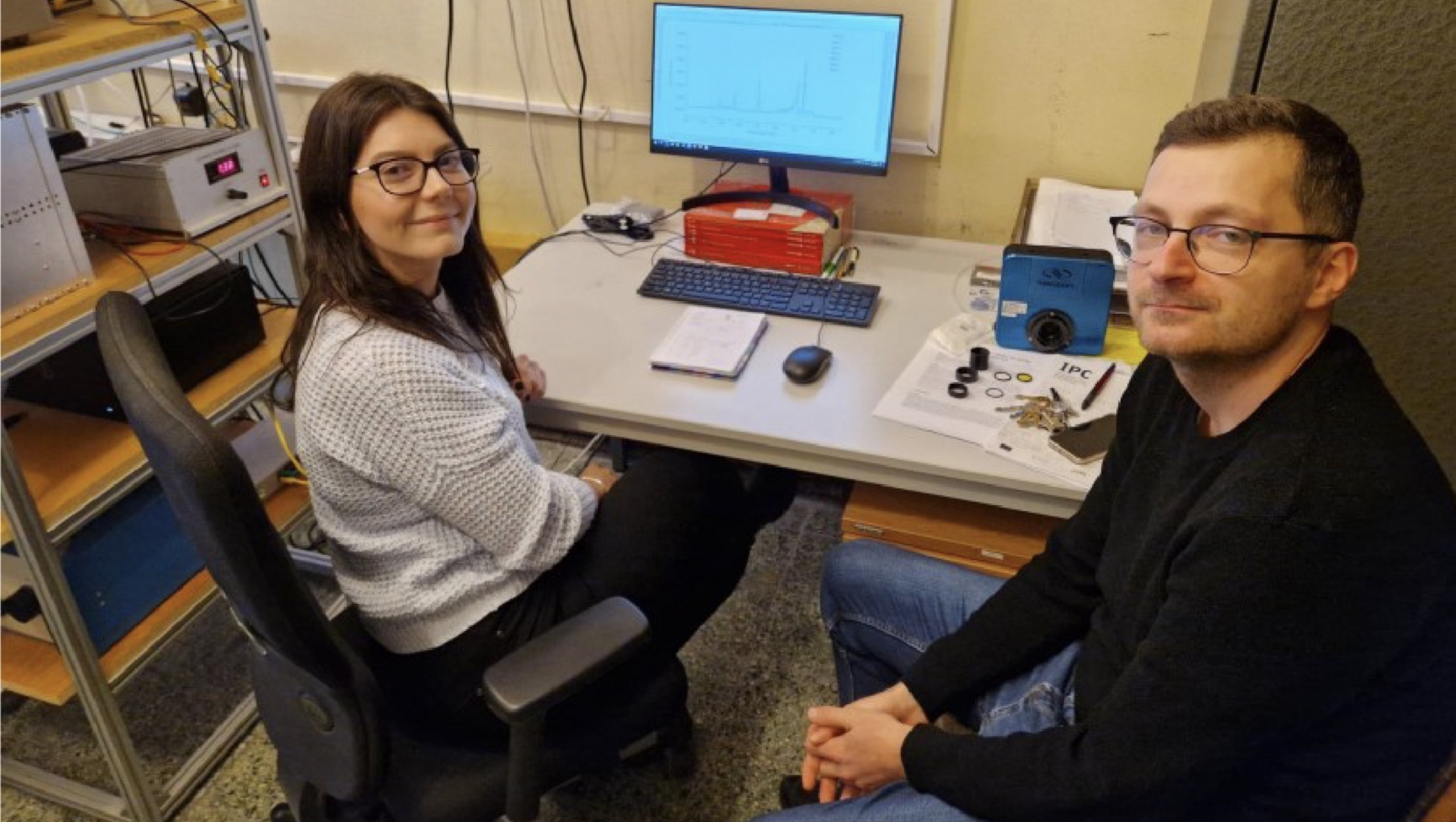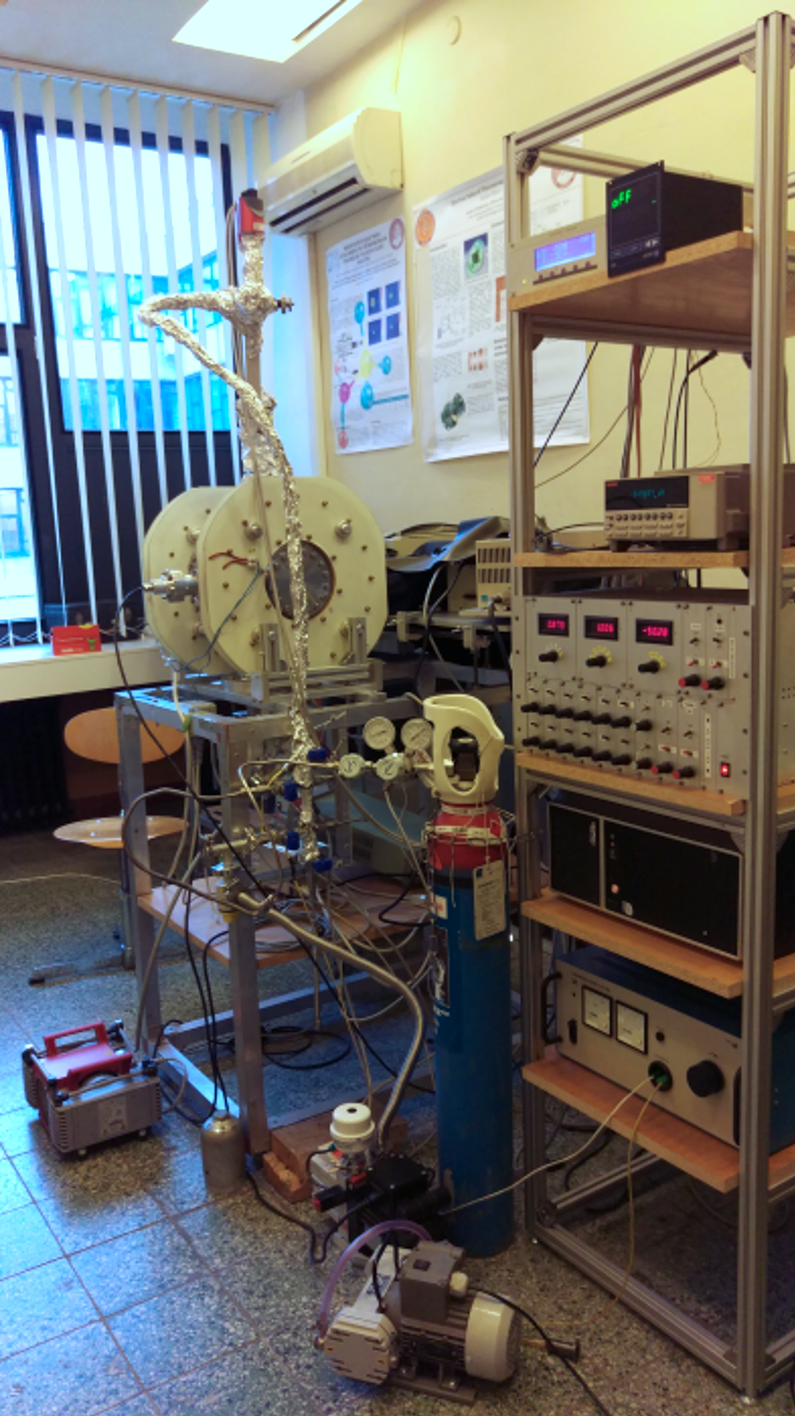TA2 Facility 13 – Electron Induced Fluorescence Laboratory
Average visit: 10 days
The Electron Induced Fluorescence Laboratory at the Department of Experimental Physics, Comenius University in Bratislava is aimed at studying emission spectra of gas phase molecules induced by impact of electrons. Spectral data of individual molecules and excitation-emission cross sections of individual reactions are the basis for using the produced data as a remote diagnostic tool of the environment in atmospheres, cometary comas and many other environments that are studied by means of optical emission spectroscopy.
The experiment can determine emission spectra and emission cross sections. The electron induced fluorescence experiment set-up is based on crossed beams of electrons and molecules. The kinetic energy of electrons can be set within the range of approximately 2 eV – 100 eV and the energy range can be easily modified.
The electron beam is generated either by an electron gun with energy resolution of ~1 eV or by a trochoidal electron monochromator providing resolution of ~300 meV. The photons emitted in deexcitation are analysed by one of two optical monochromators and are detected by a photomultiplier. The spectral range of the system is 180 to 900 nm.
Contact:
Prof. Štefan Matejčík, Faculty of Mathematics, Physics and Informatics, Comenius University, Mlynská dolina, Bratislava, Slovakia.
Stefan.matejcik@uniba.sk
juraj.orszagh@uniba.sk
Report summaries of TA visits to facility
Back to the TA2 Distributed Planetary Laboratory Facility Page









